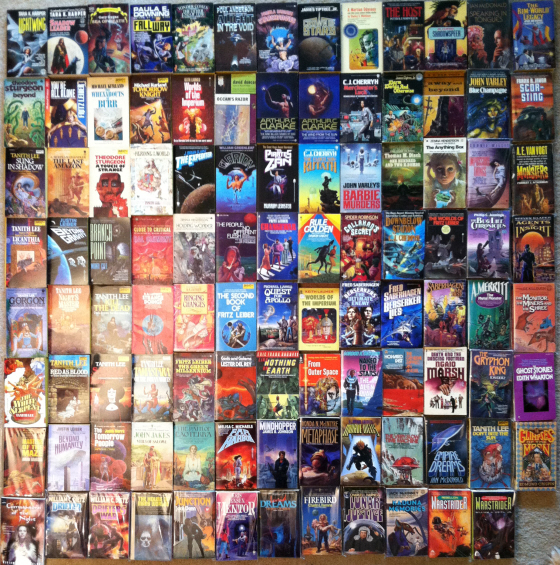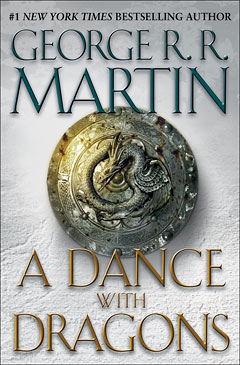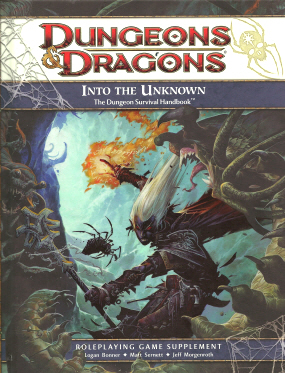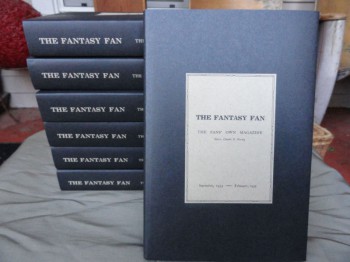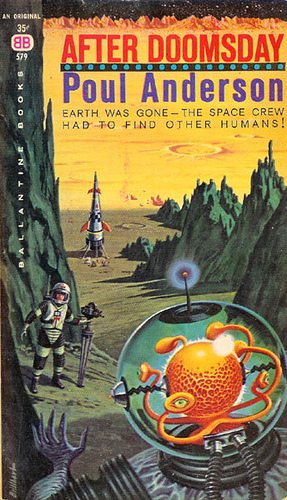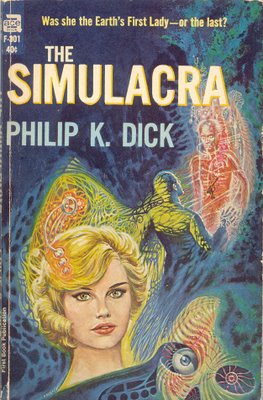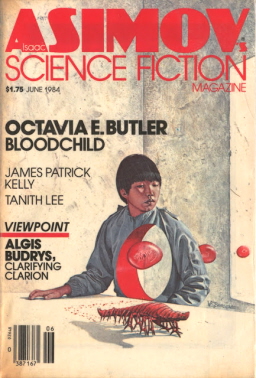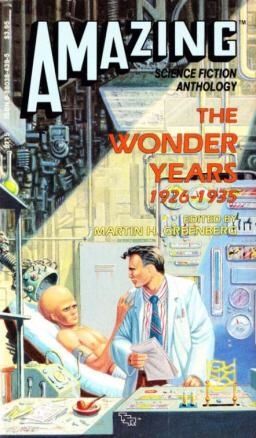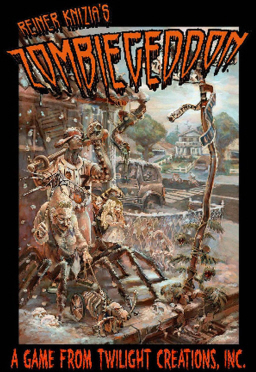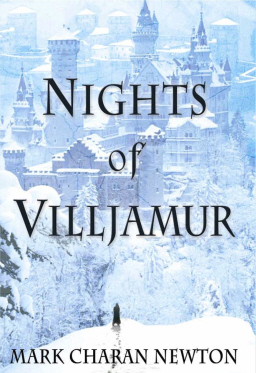Thank You, Martin H. Greenberg (and Doug Ellis)
That’s a pic of one of the boxes I unloaded in my library this morning. It contained 103 paperbacks from the vast collection of the great Martin H. Greenberg, one of the most prolific and talented anthologists our field has ever seen (click for a more legible version). Greenberg died almost exactly a year ago, on June 25, 2011. He left behind some 2,500 anthologies and other books he created — including over 120 co-edited with his friend Isaac Asimov — and his company Tekno Books, a book packager which produced nearly 150 books a year. I wrote about six of them just last week in my article TSR’s Amazing Science Fiction Anthologies.
He also left behind a massive collection in his home in Green Bay, which was purchased by Chicago collectors Doug Ellis and Bob Weinberg. They’ve been gradually selling the high value stuff — autographed vintage hardcovers, things like that. Doug runs the Windy City Pulp and Paper show every year, and he brought some of it to the show.
I’m usually a pretty social guy. Put me in a room with fellow collectors and I’ll happily spend my hours chatting. But as I passed Doug’s booth, I saw countless boxes of what looked like beautiful, unread vintage paperbacks stacked in neat rows, all priced at a buck. I started to browse, then select a few books, and finally obsessively dig through every single box, much to the annoyance of the always patient Jason Waltz and my other companions.
